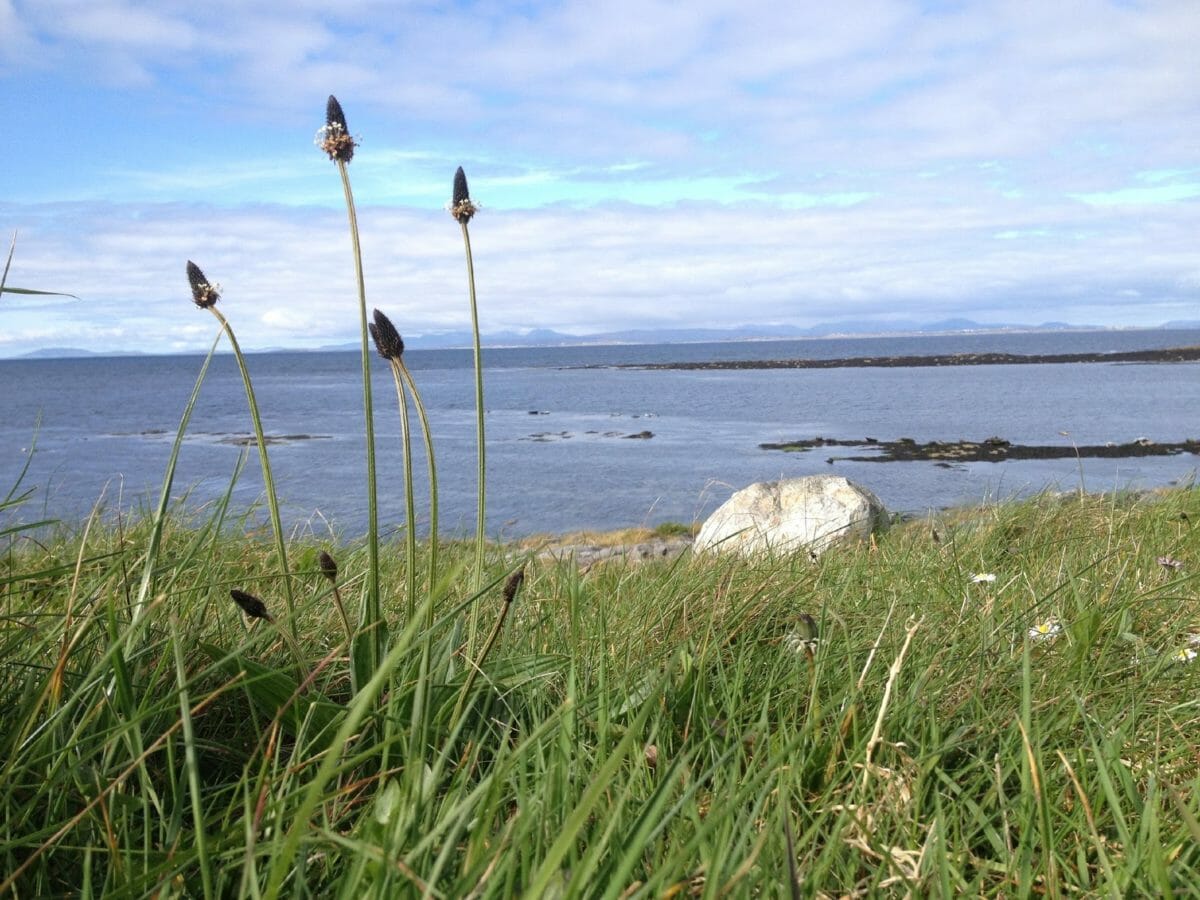Scientists say understanding these evolutionary rebels could be vital.

The old saying “rules are made to be broken” has taken on a new meaning for the future of plant species, according to a group of international researchers.
Their recent study, published in the Proceedings of the National Academy of Sciences, found that plants that abandon some “rules” of ecology through adaptation could have a higher chance of surviving the effects of climate change.
Scientists looked specifically at the ribwort plantain—one of the most widespread plants in the world— to better understand how it lives in a variety of different climates. They discovered that this plantain’s genetic behavior in non-native regions contradicted a principle of ecology that says a plant’s environmental conditions influences its genetic diversity.
This principle holds that plants growing in places where climate has caused a low seed dispersal will also see less genetic diversity. While researchers saw the environment strongly influence genetic diversity within the plantain’s native European regions, the plantain populations in non-native areas had very high genetic diversity regardless of the environmental conditions, and they were adapting better than most other plants.
“Genetic diversity sounds boring, but actually it’s the raw material on which evolution acts,” says the study’s lead author, Annabel Smith. “More genetic diversity means plants are better able to adapt to environmental changes, like climate change.”
Smith believes this high genetic diversity observed in the plantains that existed in non-native habitat was mainly due to “human movement.” When people move around the world, they bring seeds with them that become naturalized in different areas. She says this has forced genetic diversity and resulted in stronger capabilities for the plantain to adapt.
To reach these findings, scientists set up 53 monitoring sites across 21 different countries, which examined the plants in native and non-native areas. They tracked plant deaths, new seedlings, flowers and seeds while also looking at their DNA to see how many individual plants have historically been introduced outside of Europe. All of this information was stored in a large dataset and later analyzed.
There has been little research about plants that are able to successfully exist in environments different from their native habitat. But Smith says the new study provides key information to understanding that behavior and how other native plants could adapt to climate change.
“Simply mixing genetic stock from multiple populations is enough to provide an adaptive advantage, and this is something that can happen quickly,” she says. “The mixing and movement of seeds has always been important for plants for adapting to new climates, but this is now critical.”
Smith adds that the study findings could also be of help to figure out strategies to deal with invasive plants that are causing the extinction of native species.